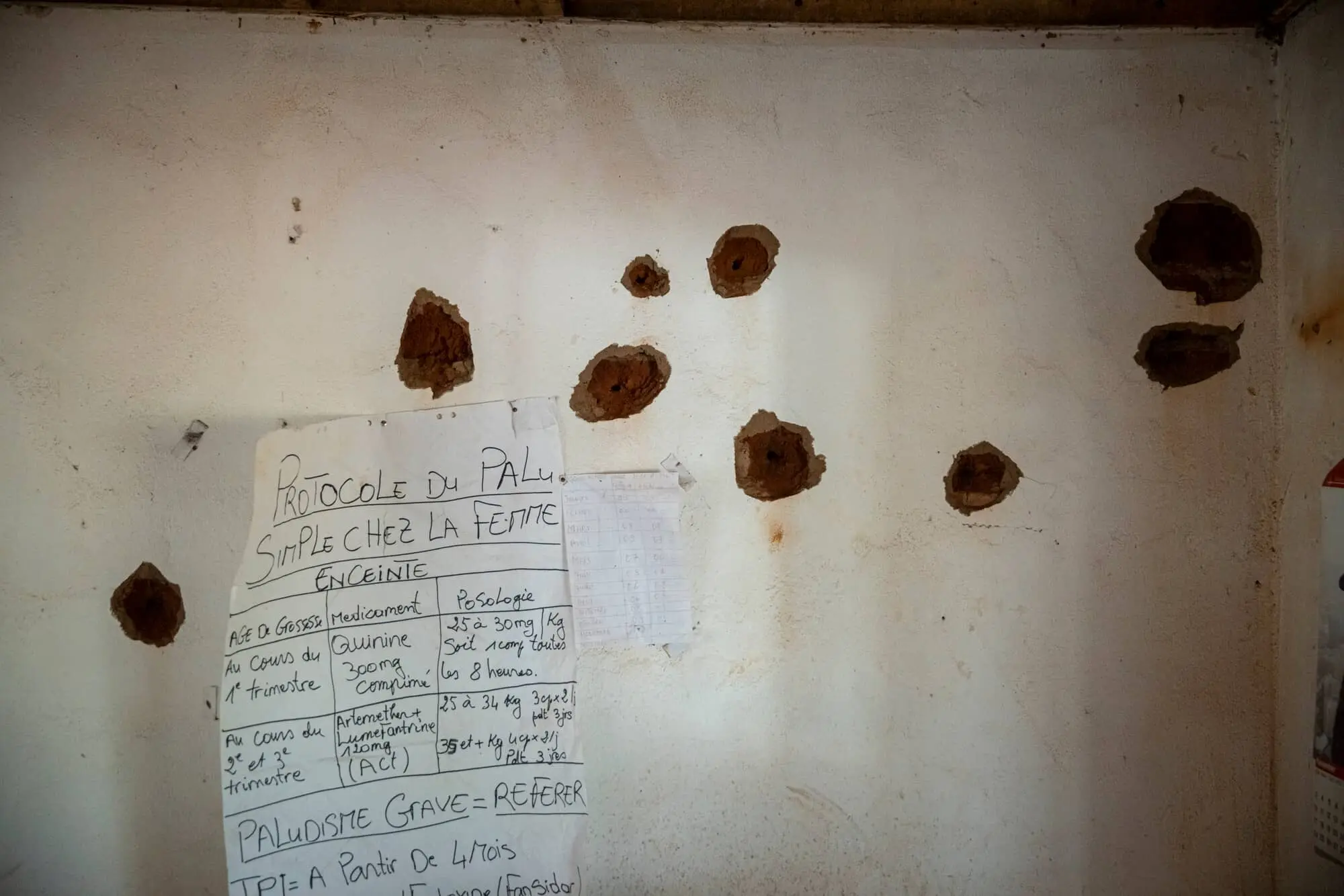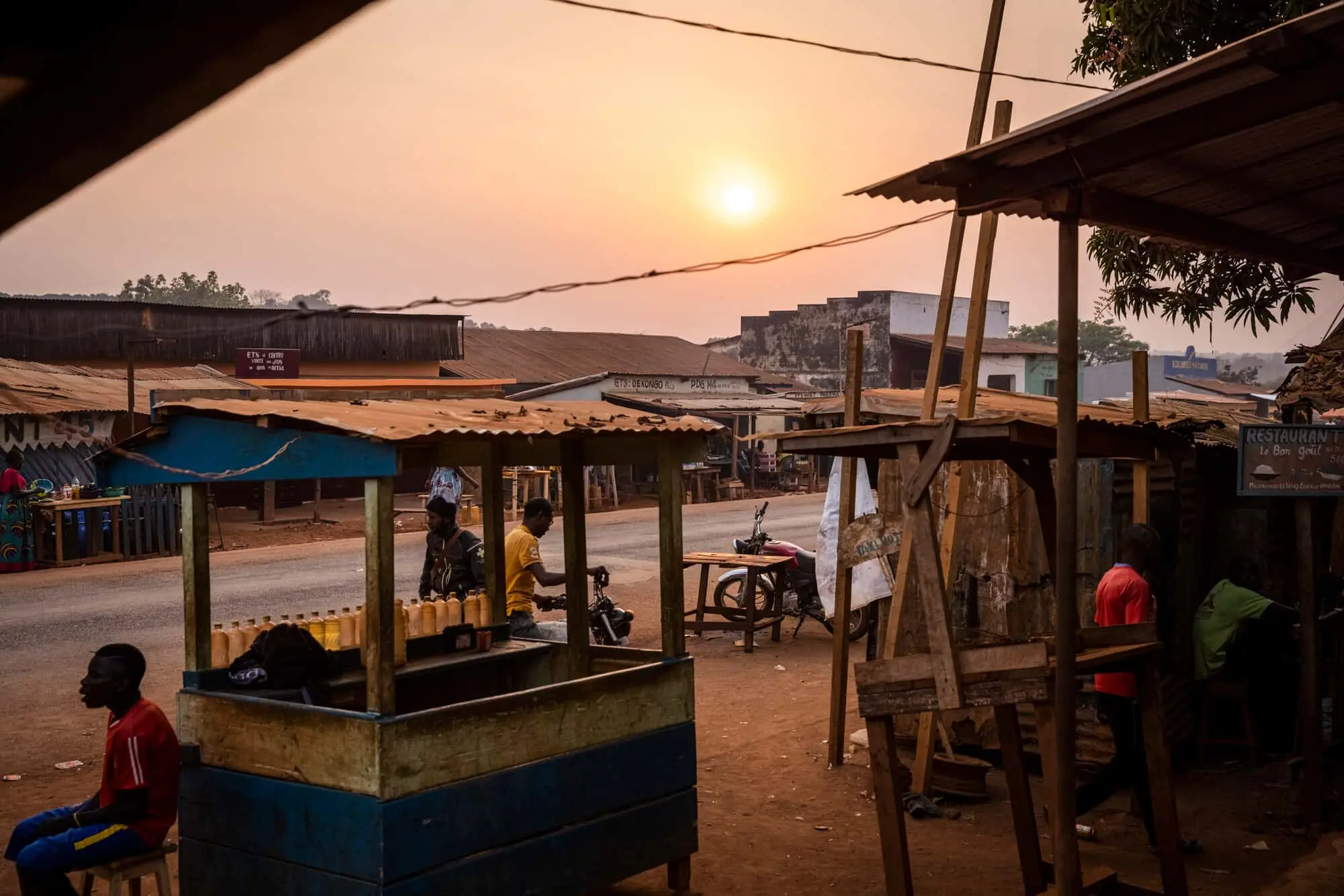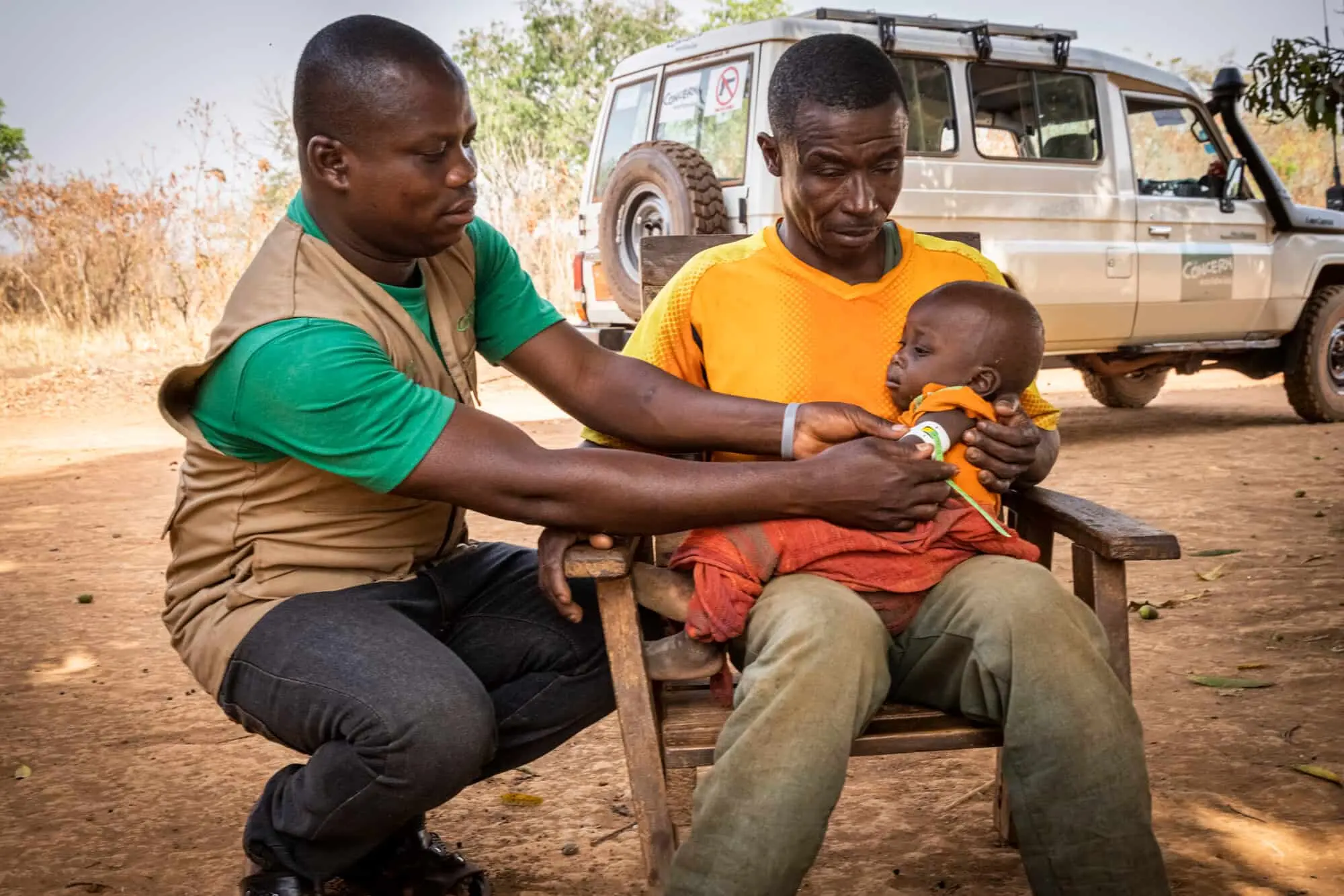Content Advisory: This story contains descriptions of violence and images showing conflict-related damage.
For a decade now, the people of the Central African Republic have faced bouts of sectarian violence that have displaced approximately 1 in 4 residents. The violence that broke out in 2012 escalated sharply in 2017, and caused even further suffering and instability following the December 2020 general elections. Much of this toll has gone unreported in American media. Updated for 2022, here’s what you need to know about the Central African Republic crisis.
The Central African Republic crisis: Fast facts
Slightly smaller than the state of Texas, the Central African Republic (CAR) has a population of approximately 4.8 million people and gained independence from France in 1960
More than 85% of the population lacks electricity
As of 2019, life expectancy was just over 53 years
As of April 2022, more than 737,000 Central Africans were registered as refugees — a 16% increase compared to 2020
The UNHCR estimates an additional 632,000 Central Africans are internally displaced
3.1 million Central Africans require humanitarian assistance — nearly 65% of the population
CAR is consistently ranked at or near the bottom of the UNDP’s annual Human Development Index, making it one of the least developed countries in the world

The road next to Boyali health centre Photo: Ed Ram/Concern Worldwide
1. This latest crisis in CAR has been going on for a decade…
In late 2012, a number of armed groups from the North of the country formed a coalition known as the Séléka (“alliance” in Sango), and launched a rebellion culminating in a coup d’état. In response, groups of armed militias using the name of Anti-balaka (“invincible” in Sango) formed. The situation quickly deteriorated, spiraling out of control throughout the country. At one time, almost half the capital’s population fled to informal camps and over 100,000 people took refuge in the city’s airport. Under international pressure, at the end of 2013 Djotodia stepped-down and a transitional government was put into place.
By 2016, it seemed that CAR was gradually transitioning to peace and stability. The following year, the government signed a peace treaty with 13 of the 14 main armed groups. Despite this, however, violence surged in the southern and central regions of CAR in 2017.
A contentious presidential election in December 2020 led to another spike in violence that began in the run-up to the election and continued throughout 2021. During the election, some 200,000 people were forced to flee their homes. Almost half of them were children.
“These were people that had suffered the ravages of colonialism, despotism and deeply ingrained poverty for years and who were now experiencing a period of conflict and volatility like never before.” — Dominic MacSorley, Concern Worldwide
2. …but it’s only the latest in a series of crises
Ever since gaining its independence from France in 1960, the Central African Republic has been plagued with political instability, underdevelopment, and waves of violent conflict. This is a pattern for many post-colonial nations in Africa, all of which gained independence from European countries at roughly the same time.
This has created what Concern Worldwide CEO Dominic MacSorley described in 2017 as “a country of contrasts and complexity; one of staggering natural beauty, but also one of desperation, ominous insecurity, and extreme violence.” The context of this complex emergency is key to understanding not only why the latest bout of violence happened, but also how it’s affecting the country’s civilians. “These were people that had suffered the ravages of colonialism, despotism and deeply ingrained poverty for years and who were now experiencing a period of conflict and volatility like never before.”

3. Religion has become a new aspect of violence in that decade
While CAR has unfortunately been familiar with conflict over the last 60 years, the sectarian nature of the current conflict is relatively new.
CAR is home to both Muslim and Christian communities. Since independence, relations between these two groups have mostly been harmonious. Many towns and villages were mixed, and intermarriage was common. While people from both faiths live throughout the country, the north is predominantly Muslim and the south is mostly Christian. Since independence, the majority Christian population has generally held political and economic power.
While the Séléka was a majority Muslim force, it did not originally have religious motivations. Born in response to François Bozizé grabbing power in a coup d’état in 2003, the group started fighting government armies in 2007. The ensuing civil war was resolved with peace agreements between the two groups that promised that the North, and particularly Muslims, would be better represented in the government — a promise that was largely unfulfilled. In December 2012 the Séléka launched a rebellion, partially supported by foreign interests eager to secure access to CAR’s natural resources.
4. Civilians are paying the ultimate price
The violence directed at civilians in CAR over the last decade has been deliberate and devastating. Illustrating the cost of conflict, MacSorley remembers a woman he met in CAR in 2012 who, like hundreds of thousands like her, had been sheltering in the forest to avoid fighting:
“Her village had been attacked, the animals slaughtered and the water source poisoned. Too afraid to return, she asked me if I could remember passing her house a few miles up the dirt road. She described it to me as the last house in the village before the turn off for the forest. Sadly there was no house — all of the houses in the village had been destroyed, burnt to the ground. I guess she knew that, but perhaps she hoped that it wasn’t true. The look of desperation on her face stayed with me for a long time and only really began to fade when we set up operations in the country.”
One in four Central Africans are either refugees or internally displaced due to conflict, insecurity, or flooding, while more than half of the population lack access to a reliable and sufficient source of nutritious food. Insecurity and conflict are having an alarming impact on the health system, with repeated attacks on patients, staff, medical assets and infrastructure, disrupting care. Concern had to temporarily suspend programming at the end of 2020 due to the increased violence.

5. Hunger and health are two of the biggest concerns for Central Africans today
Beyond physical safety, Central Africans face life-threatening conditions every day. Much of this rests on high rates of hunger and a decimated healthcare system (a situation even more dire in the age of COVID-19).
“It’s incredibly challenging because when people need to move to escape the violence, they may lose access to their lands,” says Pauline Carron, who works with Concern Worldwide and recently returned from CAR. “If they can come back, they might have lost what they’ve grown, and if they missed the harvest season, they’re into the lean season without any food reserves. It’s very difficult to survive if they don’t have their own food.”
CAR has the worst infant mortality rate in the world and one of the worst maternal mortality rates, with 890 deaths per 100,000 live-births. Plagued by a measles epidemic since 2020, the country has also experienced major malaria epidemics, which remains the leading cause of severe illness. Life expectancy in CAR is among the lowest in the world, with the average Central African reaching just 53 years of age. “I’ve been involved in focus group discussions with communities about what it is they need. They tell you, it’s water, health services, education and a way to earn an income,” added Carron.

6. Women and children are especially vulnerable to violence
Since 2021, reports of sexual and gender-based violence have been on the rise in CAR, disproportionately affecting women and girls. While men account for the majority of the conflict’s dead and wounded, women, girls, boys, and the disabled are greatly affected by difficulties in accessing basic social services such as education, sexual and reproductive healthcare, and nutrition. Women and girls are at a higher risk of abuse when they cannot access health facilities.
Humanitarian workers, and medical staff have not been spared from the wave of violence, either. The number of incidents affecting humanitarians between January and June 2021 has increased by 39% compared to the same period last year. Despite the insecurity, humanitarians provided assistance to 25% of the population (approximately 1.2 million people) during the first quarter of 2021.
Crisis in Central African Republic: Concern's response
Concern has been working in the Central African Republic since 2014, to provide humanitarian assistance, build resilience, and alleviate suffering in conflict-affected communities. The complex situation demands a holistic response, so we’re engaged in a range of activities, including:
- Providing seeds and tools through seed voucher fairs
- Improved farming practices through farmer field schools
- Supporting families to restart vegetable gardening and fishing activities
- Cash-for-work programs, which allow some of CAR’s most vulnerable people to access cash, while improving the country’s infrastructure (e.g. rehabilitation of roads)
- Construction of and restoration of water points (such as boreholes and wells) that were damaged during the conflict
- Teaching improved hygiene practices and promoting toilet construction
- Treating acute malnutrition and illnesses in children under five and providing vaccination and maternal health services
- Supporting community health volunteers, who do critical work conducting health and nutrition screenings and delivering health and hygiene messaging to their communities

